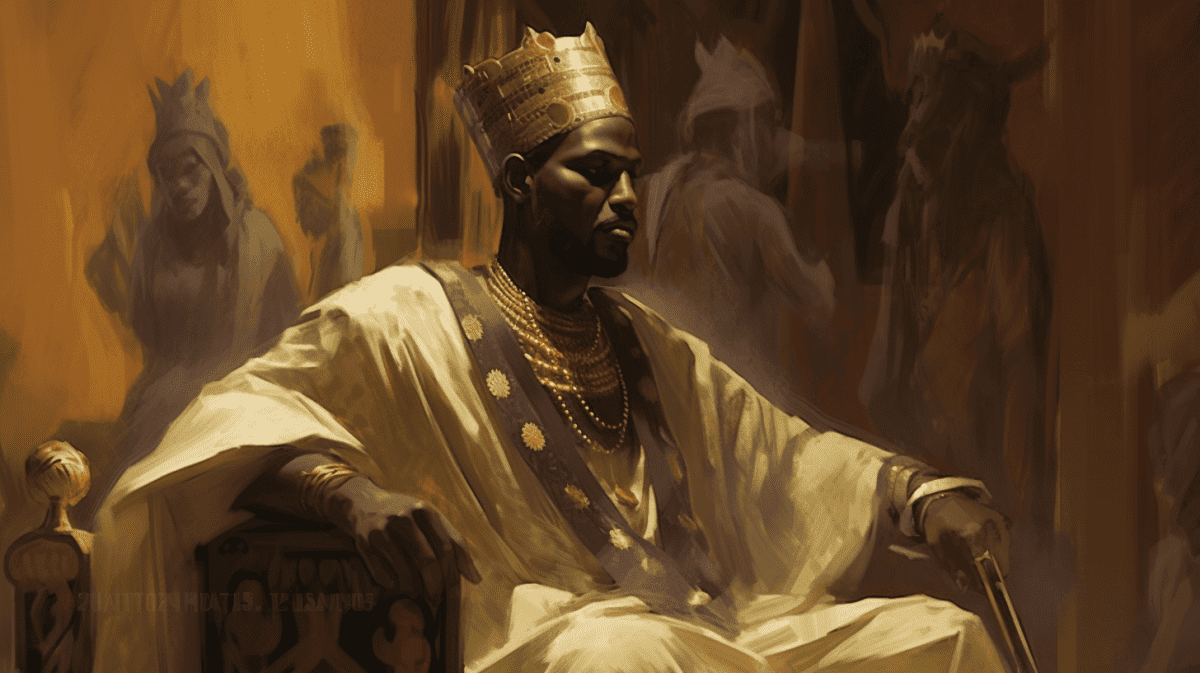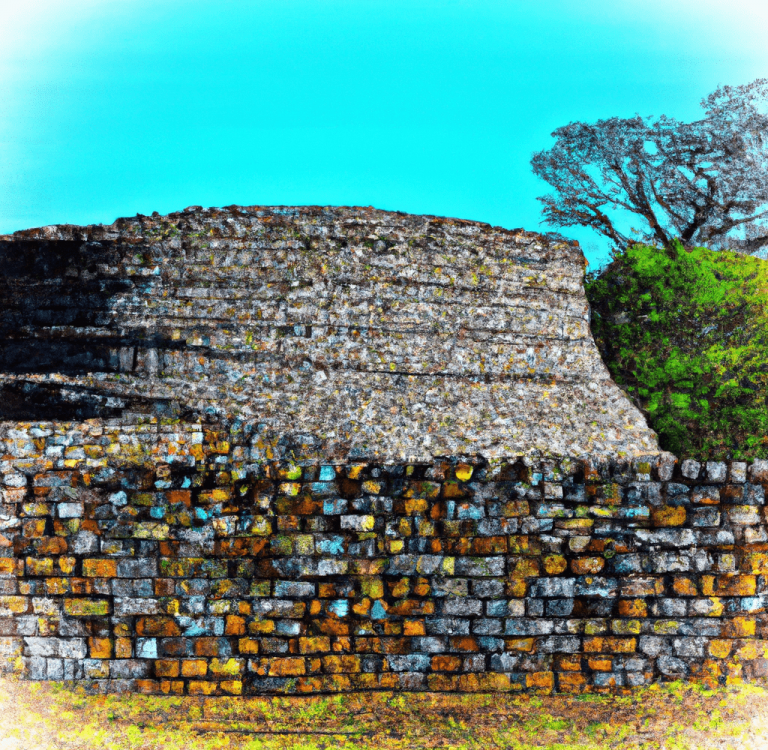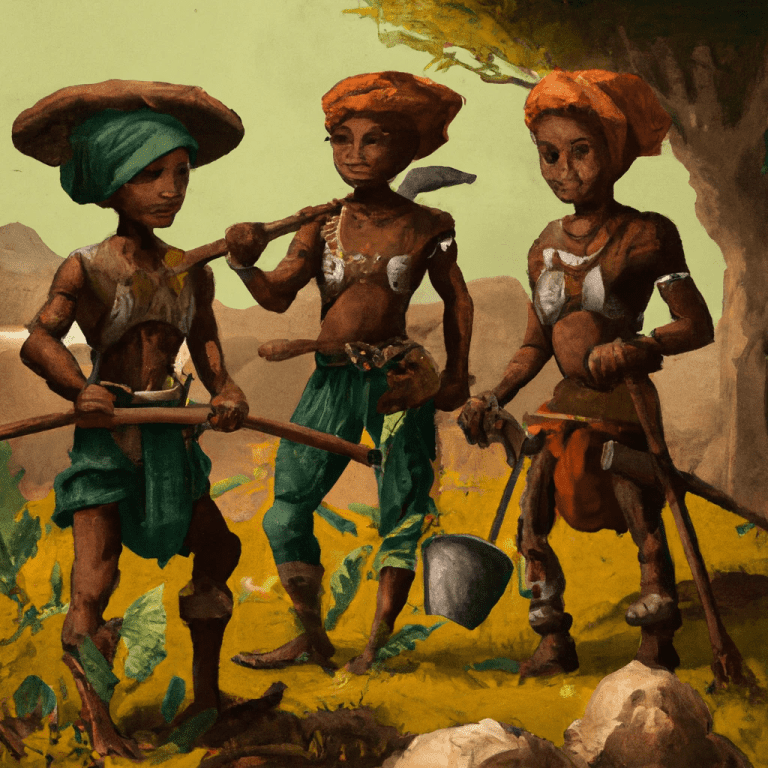The Mali Empire (13th-16th centuries) in West Africa was one of history’s wealthiest realms, renowned for cities like Timbuktu. Rulers such as Mansa Musa expanded its influence, making it a centre for trade, culture, and Islamic scholarship. Its decline began in the late 16th century.
The Birth of the Mali Empire
The seed of the empire was a humble Mandinka kingdom tucked away in the upper veins of the Niger River, with its lifeblood pulsing around the Manding region. As the once-great Ghana Empire, or Wagadu, waned in the north during the 11th and 12th centuries, a new empire quietly began to bloom in its wake. Trade routes began to meander southward to the savanna, fanning the flames of burgeoning states like the Bono state. The early chapters of the Mali Empire, pre-13th century, are veiled in mystery and controversy due to the conflicting accounts from Arab scribes and oral traditionalists. Sundiata Keita emerges as the first leader with credible recorded details, courtesy of the revered historian, Ibn Khaldun. The Keita dynasty’s warrior prince, Sundiata Keita, emerged as a beacon of hope, liberating his people from the iron grip of the Sosso Empire’s king, Soumaoro Kanté. The defeat of Sosso around 1235 swung open the doors of the trans-Saharan trade routes for the Mali Empire.
The heartbeat of the empire was its capital, Niani, which was also the hallowed birthplace of Sundiata, the founding king. His vision breathed life into a sprawling empire that stretched from the sandy shores south of the Senegal River to the eastern fringes of the Middle Niger bend in Goa.
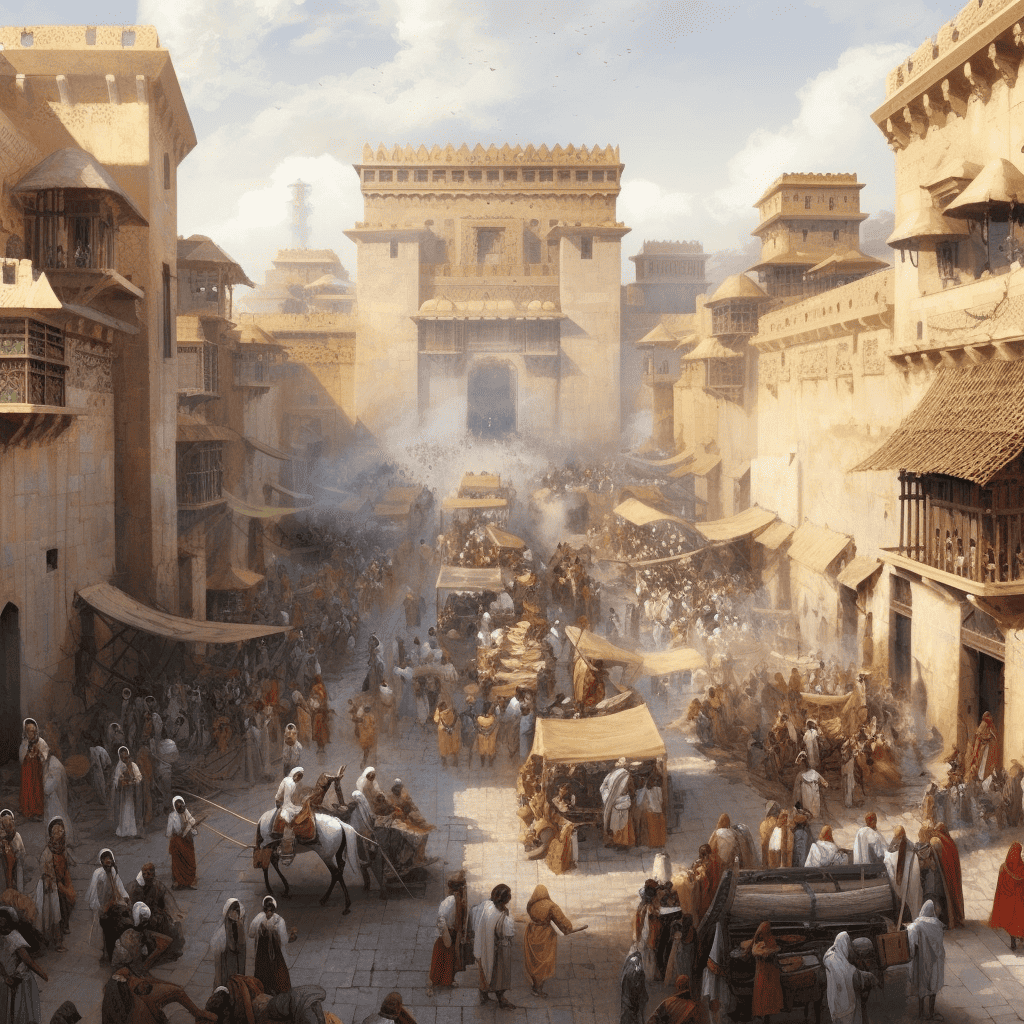
Upon the death of Sundiata Keita around 1255, the torch of leadership, denoted by the title ‘Mansa’, passed onto his successors. Around 1285, Sakoura, a man who rose from the ranks of royal court slavery, ascended the throne and evolved into one of Mali’s most formidable leaders. Sakoura’s death during his pilgrimage to Mecca marked the beginning of an era of alternating emperors until Musa Keita took the mantle in 1312. His renowned pilgrimage to Mecca from 1324 to 1326 and his lavish spending of gold brought about significant inflation in Egypt. The reign of Suleyman, who usurped his nephew Maghan I in 1341, signalled the sunset of Mali’s Golden Age and the dawn of slow descent.
Records from the Tarikh al-Sudan depict that even in the 15th century, the Mali Empire was still a force to be reckoned with. Venetian explorer Alvise Cadamosto and Portuguese merchants affirmed the Mali Empire’s reach, encompassing the peoples of the Gambia. Leo Africanus’s visit at the dawn of the 16th century painted a picture of a kingdom still substantial in size. Yet, from 1507, neighbouring forces such as Diara, Great Fulo, and the Songhai Empire began to gnaw at Mali’s edges. In 1542, the Songhai attempted, yet failed, to seize the capital. The 17th century saw the empire besieged by the Bamana Empire. Following unsuccessful attempts by Mansa Mama Maghan to subdue Bamana, in 1670, the capital was razed, triggering the rapid disintegration of the once-mighty Mali Empire. In its place, independent chiefdoms arose like phoenixes from the ashes. The Keita lineage, stripped of its imperial glory, retreated to the town of Kangaba, assuming the role of provincial chieftains.
As the empire crumbled, the air was thick with desperation and defeat. Once-majestic cities were now the eerie echo of an era of unmatched opulence and power. The Mali Empire, which had been a beacon of strength and prosperity in Western Africa, had succumbed to the ravages of time and incessant warfare.
Its towering walls, once impenetrable, now lay in ruins. The bustling markets, once brimming with traders from far and wide, now echoed with the silence of abandonment. The grand palaces, once resplendent with gold and precious stones, now bore the signs of desolation and decay.

However, even in its fall, the Mali Empire didn’t entirely vanish into the shadows of history. The legacy of the grand kingdom lingered in the form of powerful stories, stirring legends, and enduring cultural practices that continue to be a vital part of the West African fabric. From its rise as a humble kingdom to its decline into fragmentation, the saga of the Mali Empire remains a poignant testament to the relentless cycles of ascent, glory, decline, and resurgence that have shaped human civilizations.
The fall of the Mali Empire was not just the end of a mighty political and economic entity, but also the dawn of a new era. The decline of a great empire gave birth to numerous smaller kingdoms and chiefdoms, each carrying forward a piece of the grandeur that once was. The Mali Empire may have ceased to exist, but it continues to live on through the pages of history, stirring hearts with tales of a time when it held sway over a vast expanse of West Africa.
Economic Fabric and Social Dynamics of the Mali Empire
The sprawling domain of the Mali Empire, stitched together with outlying territories and minor kingdoms, thrived on a system of allegiance. These fiefdoms paid their respect to the central power by presenting yearly tributes that filled the empire’s granaries with rice and millet and equipped its warriors with lances and arrows. The empire’s wealth burgeoned with the infusion of taxes collected from its subjects, and a significant levy was imposed on all goods that entered or exited its borders. All gold nuggets mined from the land were the exclusive property of the King, yet the citizens were free to trade gold dust. On certain occasions, gold dust was even employed as a currency, rubbing shoulders with salt and cotton cloth. Later, cowrie shells, sourced from the far reaches of the Indian Ocean, jingled in the pockets of traders, supplementing the internal commerce of Western Sahara.
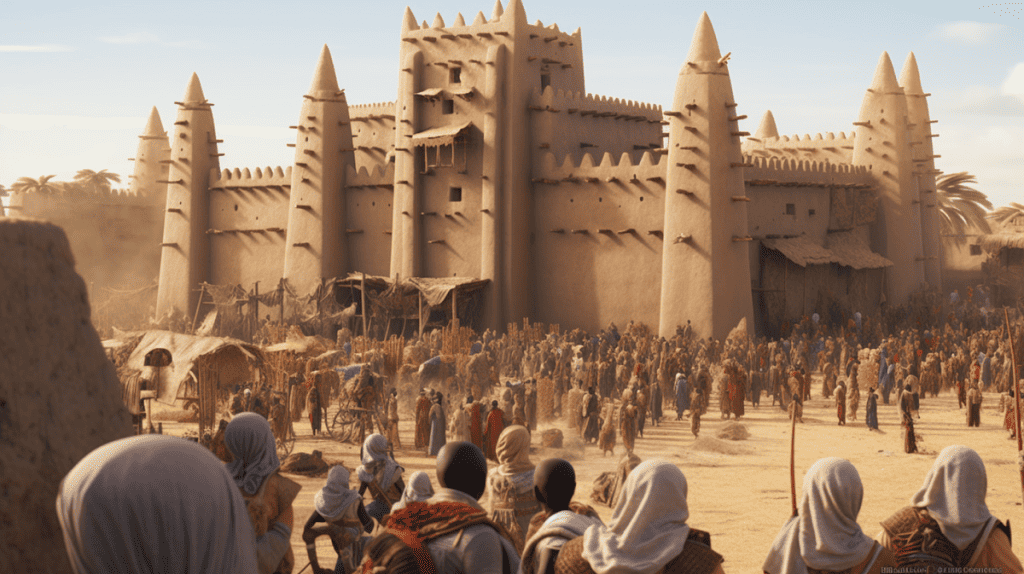
The Mali Empire, particularly the city of Timbuktu, sparkled as a dazzling beacon of intellectual pursuit and stunning architectural grandeur. Landmarks like the Sankara Madrassa echoed with scholarly discussions, and the University of Sankore emerged as an influential centre of knowledge, even long after the Mali Empire’s sun had set. The hallowed halls of the University continued to churn out astronomers, scholars, and engineers. Unfortunately, the University’s brilliance dimmed under the shroud of French colonial occupation, which adversely impacted its educational prowess.
While the Mali Empire was a monarchy with the Mansa, or Master, at the helm, the power often resided in the capable hands of court officials. This well-oiled administrative mechanism enabled the empire to weather periods of turbulence and the reigns of inept rulers, ensuring its survival. The Mali Empire was a vibrant tapestry of diverse ethnicities and languages, held together by the common thread of Islam as the dominant faith.
The Lineage of Leadership in the Mali Empire
The helm of the Mali Empire was guided by rulers who adopted the title of ‘Mansa’. The foundation stone of the empire, Sundiata, established his authority not only in worldly matters but also claimed a direct spiritual connection with the spirits of the land, elevating himself to the esteemed role of guardian of the ancestors. Sundiata’s mighty empire spanned from the forest boundaries in the southwest through the grasslands of the Malinké to the Southern Sahara ports of Walatta and Tandmekka. Sundiata’s estimated 25-year reign came to an end in 1255, as per Arabic scholar accounts.
However, the vast expanse of the Mali Empire often bore the brunt of inadequate leadership. Sundiata’s son, Mansa Wali, ascended to the throne next, leaving an indelible mark as one of the most potent rulers of Mali. The baton of leadership was then passed to his brother Wati, and subsequently to another brother, Kahlifa. Kahlifa, infamous for his cruel rule and monstrous amusement in slaying people using bows and arrows, was overthrown and replaced by Sundiata’s grandchild, Abu Bakr.
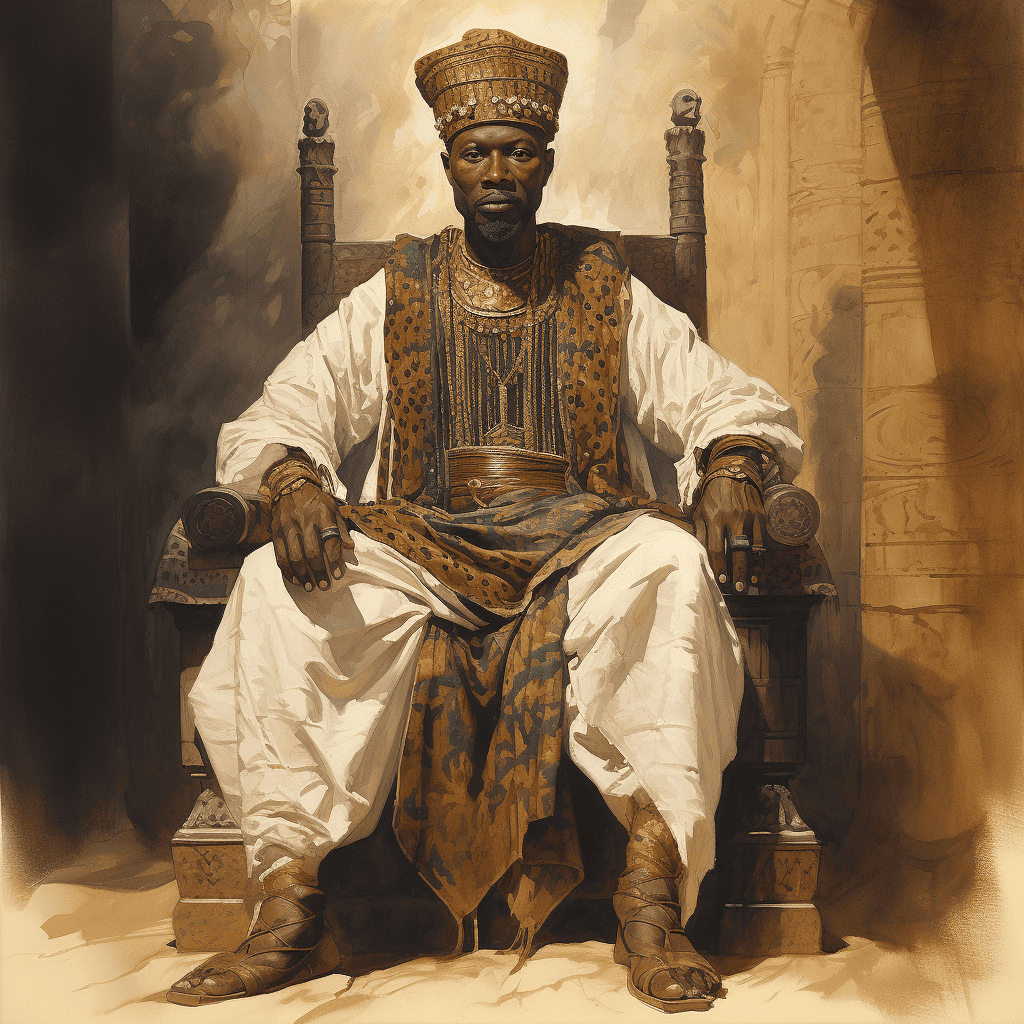
Abu Bakr, adopted by Sundiata as a son despite being a grandchild and the son of Sundiata’s daughter, had his claim to the throne considerably strengthened by this familial alliance. Yet, his ascension was followed by another wave of leadership turmoil in the Mali Empire. A coup deposed Abu Bakr, catapulting Sakura, a man whose origins vary from being a slave to a military commander, to power. His rise suggested the royal family’s diminishing popularity among the common populace.
Sakura’s reign was punctuated by tumult. After embracing Islam, he embarked on a pilgrimage to Mecca but was tragically slain by the Danakil people in the city of Tadjoura during his return journey. The circumstances surrounding his detour to Tadjoura, off the typical route from Mecca to Mali, and his subsequent assassination, are shrouded in mystery, with some theories suggesting a fatal attempt to pilfer his gold.
Sakura’s ascent underscored the limited control of the royal family, and the Mansa, over the Mali Empire. The reins of power often lay with the court officials, affirming their substantial influence. The empire was meticulously organized into provinces with a rigorous hierarchical structure, with each province governed by a Governor and every town presided over by a mayor or mochrif. Mighty armies ensured tranquillity in the smaller kingdoms and protected the extensive trade routes.
The stability of the Mali Empire was largely owed to the decentralization of authority to lower echelons of the governmental bureaucracy via court officers and a rigid hierarchical structure. This structure enabled smooth functioning despite frequent leadership crises and internal discord within the royal family. In the reigns of competent rulers, the empire expanded its borders, standing tall as one of the largest empires in West African history.
Mansa Musa: The Shining Star of the Mali Empire
The radiant chapter of the Mali Empire’s history was scripted by its most renowned ruler, Mansa Musa. Historians continue to debate the lineage of Mansa Musa, oscillating between the possibilities of him being Sundiata’s grand-nephew or the grandson of Abu Bakr. What remains undisputed is his profound embrace of Islam and his legendary pilgrimage to Mecca in 1324. Accompanied by an entourage of 60,000 souls and abundant gold, Mansa Musa’s journey was a testament to his grandeur. His generosity knew no bounds as he exhausted every speck of gold he had taken with him by the time he left Mecca, compelling him to borrow money for his return voyage.

Mansa Musa was celebrated for his wisdom and proficiency in governance. Among his many achievements, the construction of the magnificent edifices of Timbuktu stands tall. The Great Mosque of Timbuktu, built in 1327, laid the foundation for Timbuktu’s transformation into a hub of learning. By the end of Mansa Musa’s reign, his vision had led to the establishment of the Sankara Madrassa, a beacon of knowledge in the Islamic world, and the grandest library in Africa of that era. The library is estimated to have housed a staggering 250,000 to 700,000 manuscripts, earning it the distinction of being Africa’s largest library since the Great Library of Alexandria.
Mansa Musa’s rule was marked not only by cultural enrichment but also by territorial expansion. Some sources credit him with the conquest of 24 cities and their surrounding territories, significantly magnifying the empire’s expanse. Mansa Musa’s illustrious reign came to an end in 1337, leaving his legacy to his son, Mansa Maghan.
The Downfall of the Mighty Mali Empire
The years between 1360 and 1390 marked a dark chapter in the history of the Mali Empire. This period was plagued by inadequate leadership and fleeting reigns, with the throne passing through the hands of various family members and even falling into the clutches of an outsider named Mahmud, who bore no relation to the royal lineage of Mali. Eventually, the throne was reclaimed by Mansa Mari Djata II, who belonged to the ruling dynasty. However, his tyrannical rule wreaked havoc on the state.
In these turbulent times, a minister or ‘wazir’ named Mari Djarta came to the rescue, taking the reins of the empire and effectively acting as regent for King Mansa Musa II. Under Mari Djarta’s stewardship, the empire managed to regain some semblance of its former glory, brushing off the ill effects of the preceding three decades marred by mismanagement and civil strife.
Mansa Musa II passed away in 1387, leaving the throne to his brother, Mansa Magha II, who was likewise manipulated by influential court officials. A year later, Mansa Musa II met his end, marking the cessation of the kingly lineage descended from Mansa Musa I. This event served as the starting gun for the empire’s slow decline. By 1433, the once majestic city was overrun by Tuareg nomads.
Over the course of the next century, the empire gradually fell prey to the invading Songhay forces from the east, and by the 1500s, it was left with only its Malinké heartlands. By the 17th century, the once resplendent Mali Empire had fragmented into a patchwork of minor independent chiefdoms, a mere shadow of its former self as the dominant power it had once been.
Related Posts
Sources
- “Mali Empire,” Wikipedia, last modified June 27, 2023, https://en.wikipedia.org/wiki/Mali_Empire.
- “Empire of Mali (1230-1600),” South African History Online, last modified June 1, 2021, https://www.sahistory.org.za/article/empire-mali-1230-1600.
- “Mali Empire,” National Geographic, accessed June 29, 2023, https://education.nationalgeographic.org/resource/mali-empire/.


